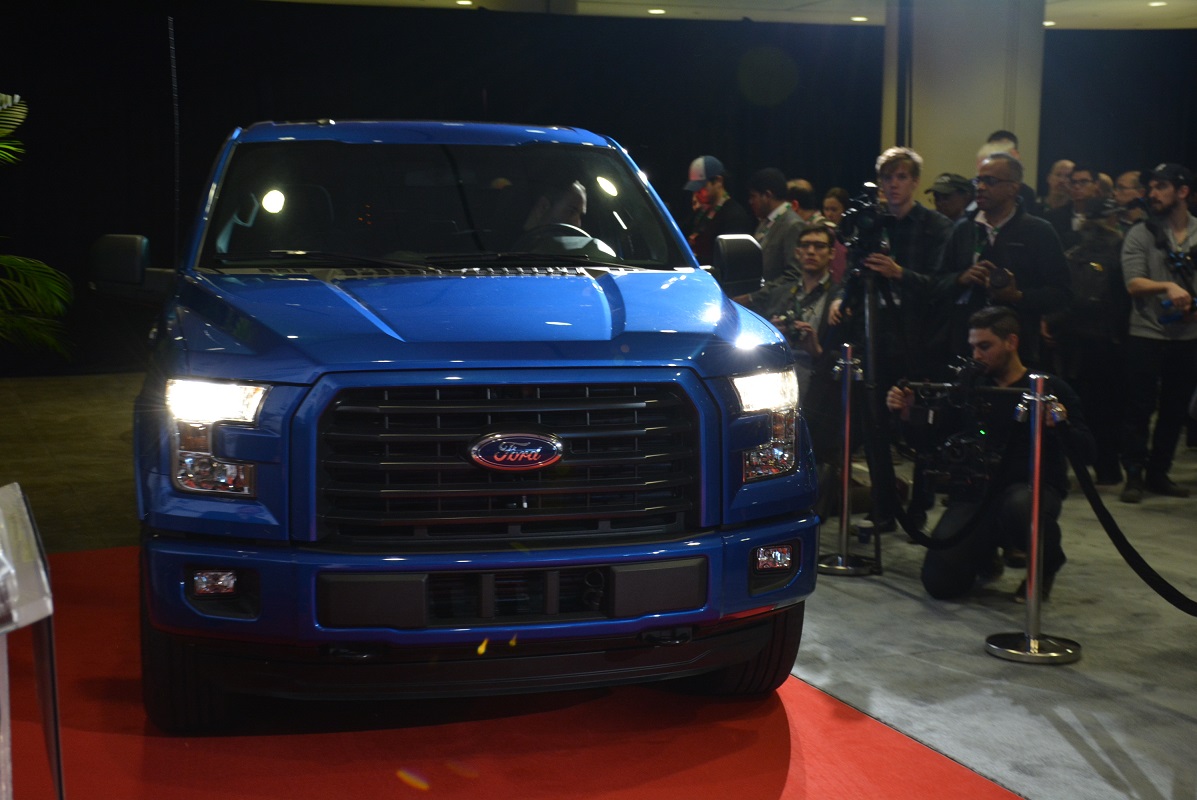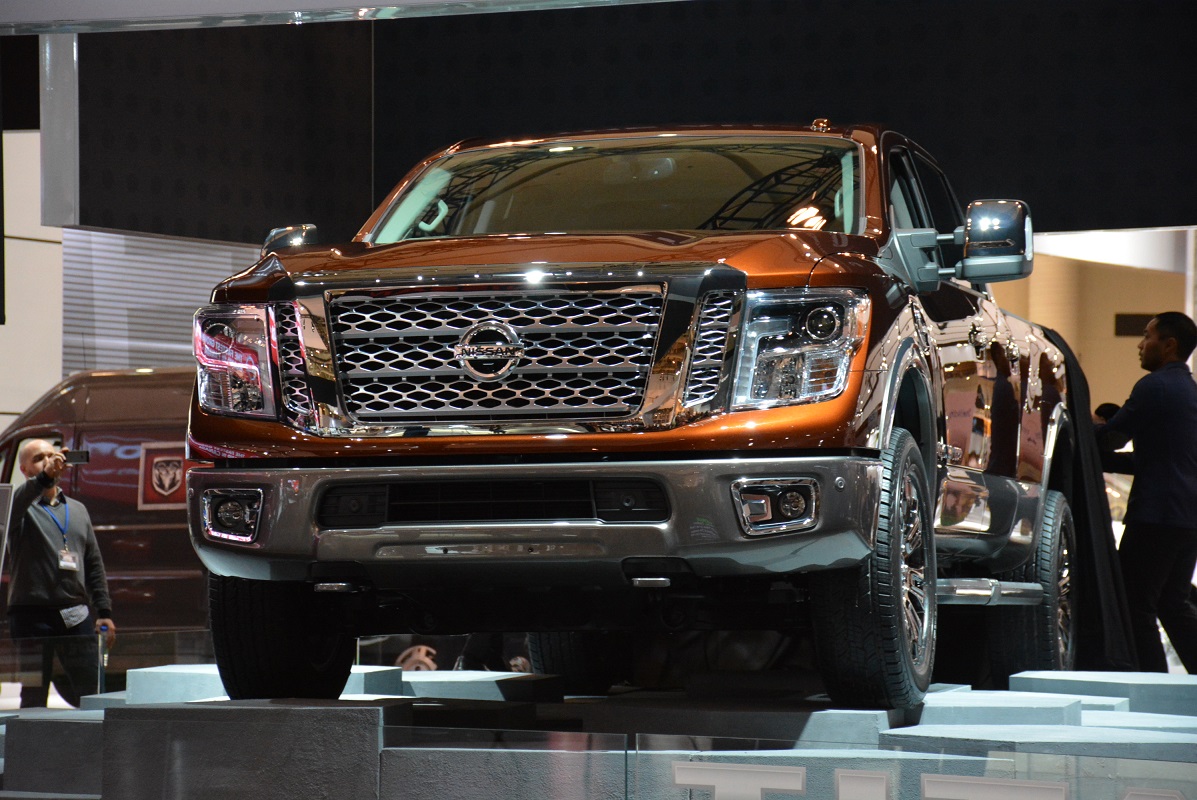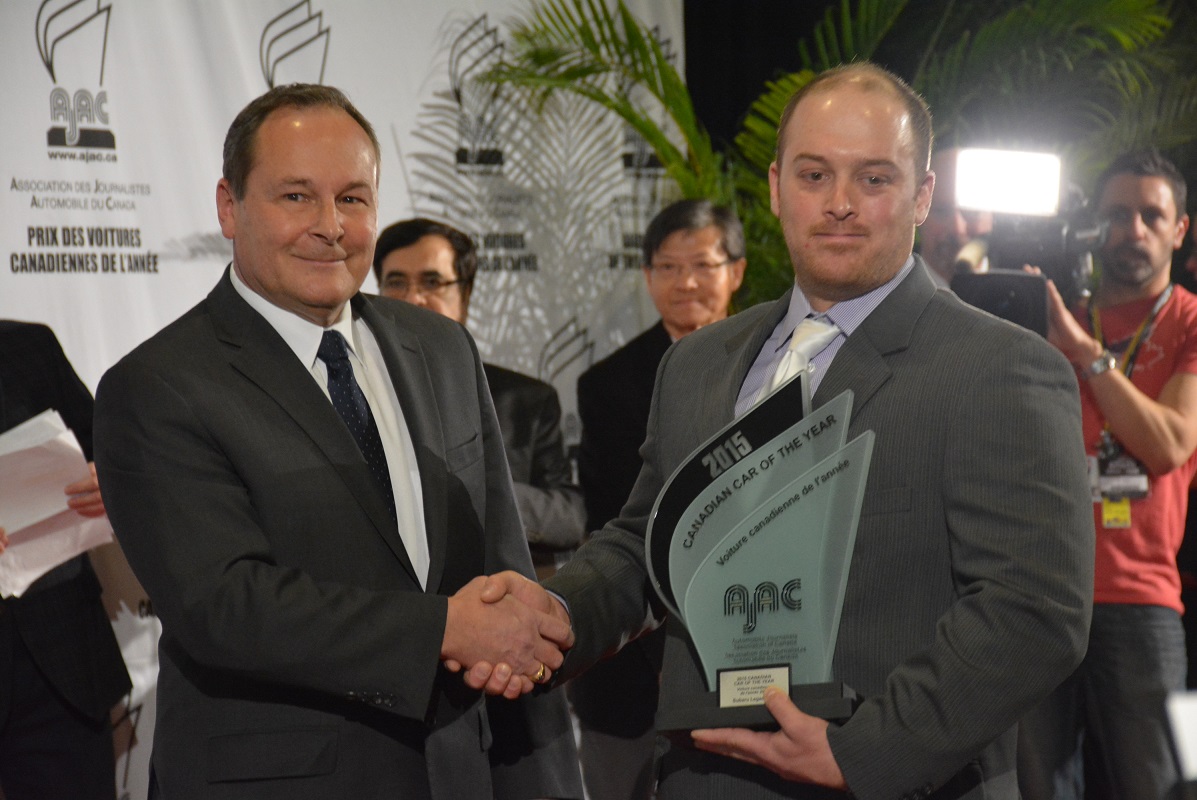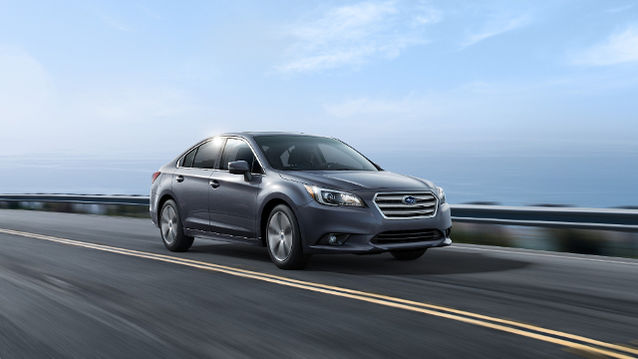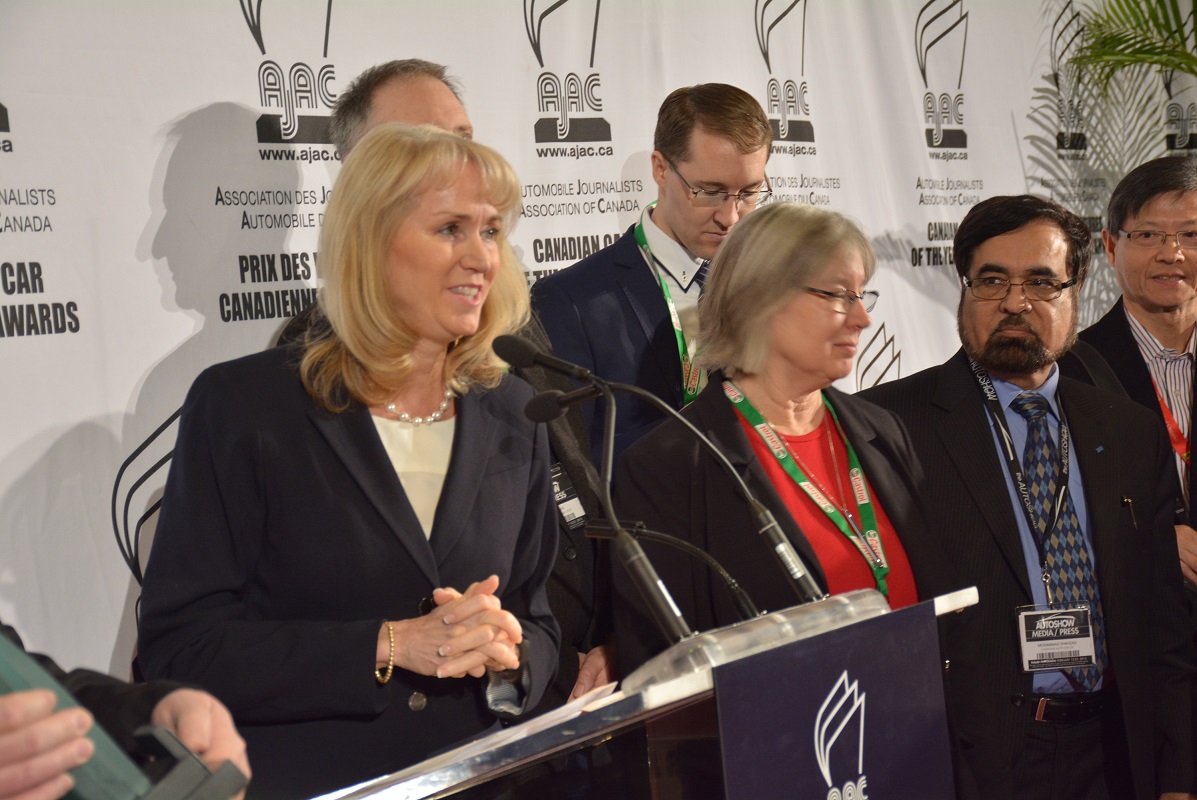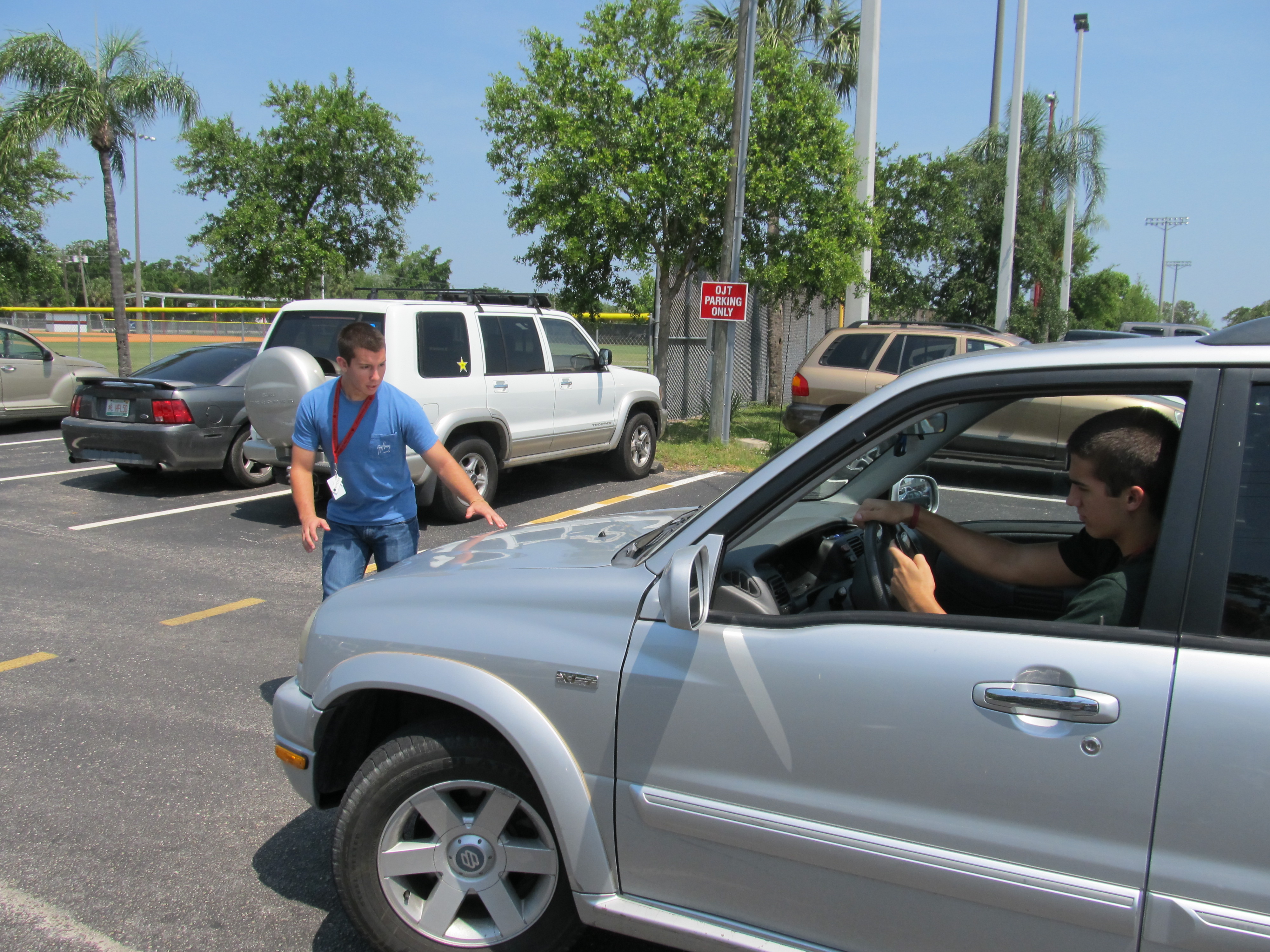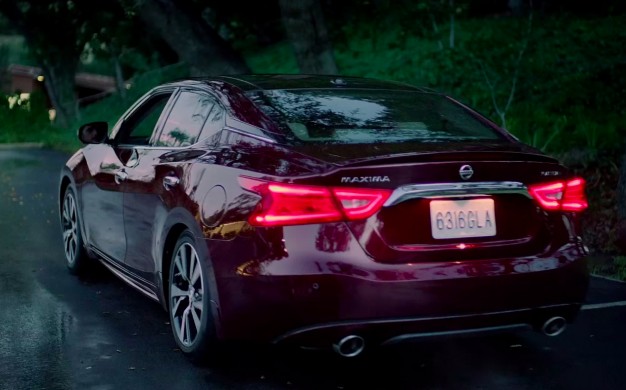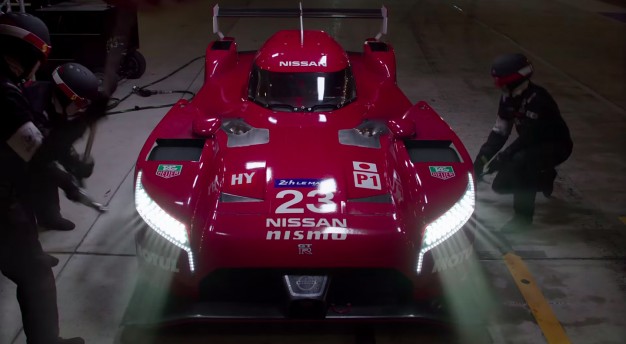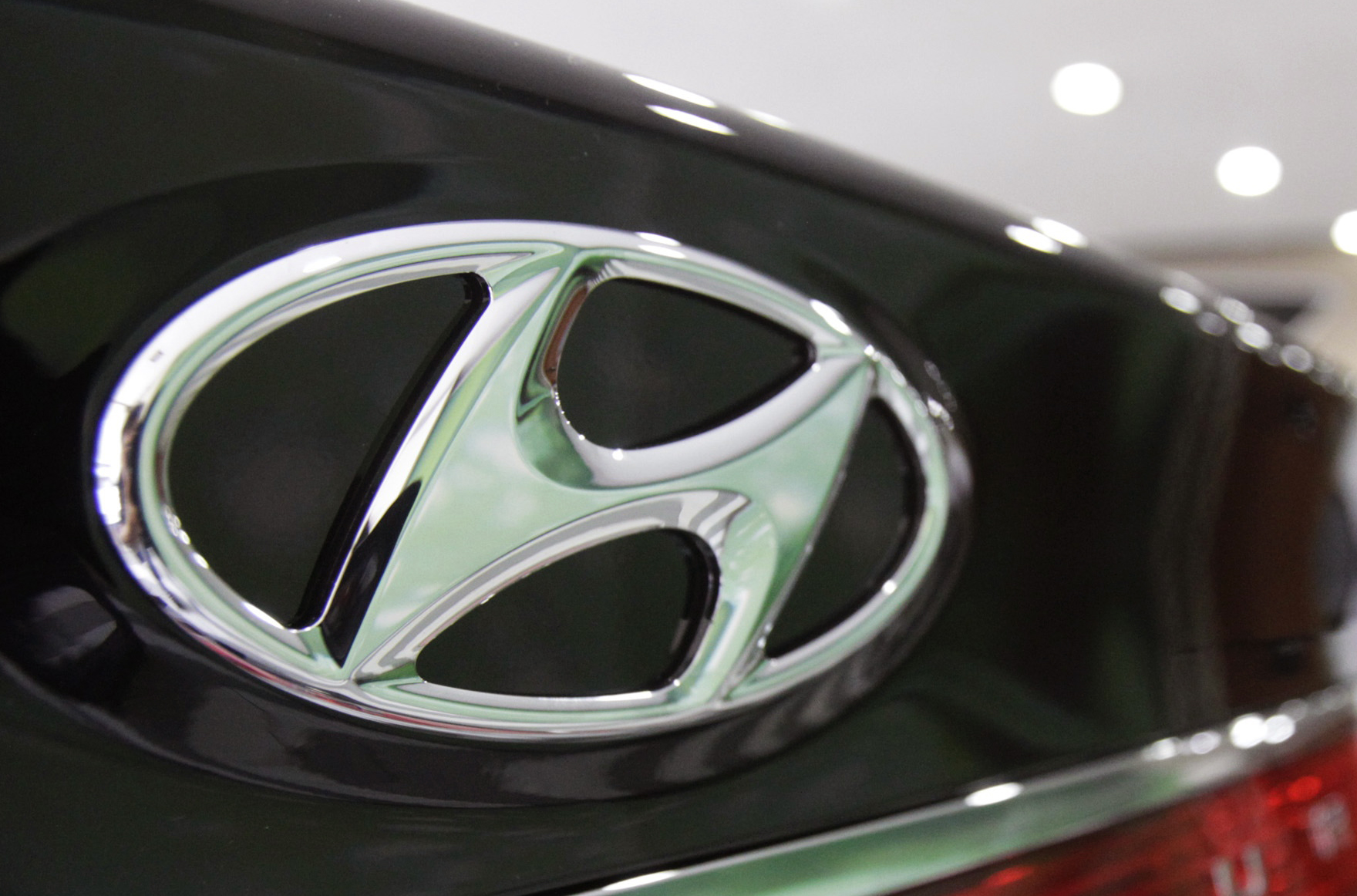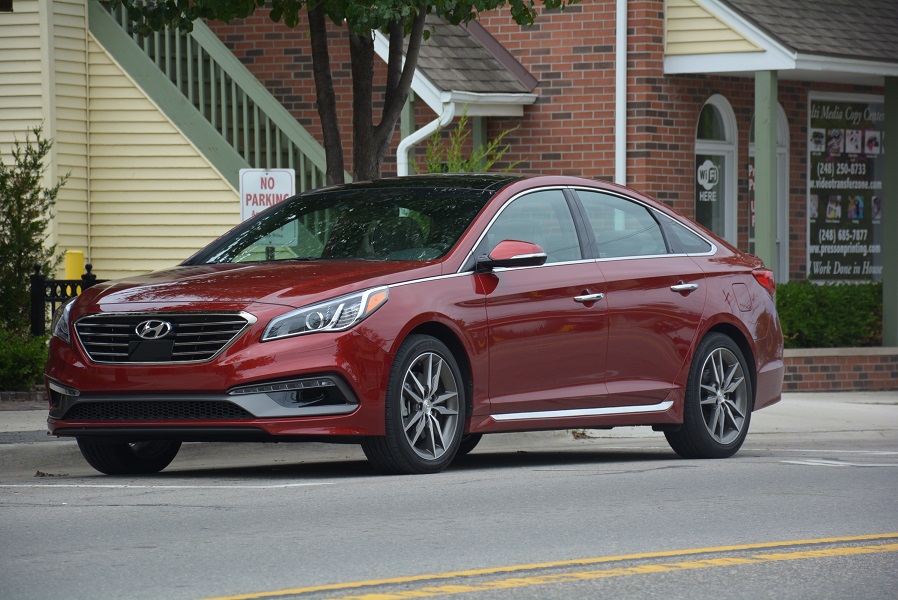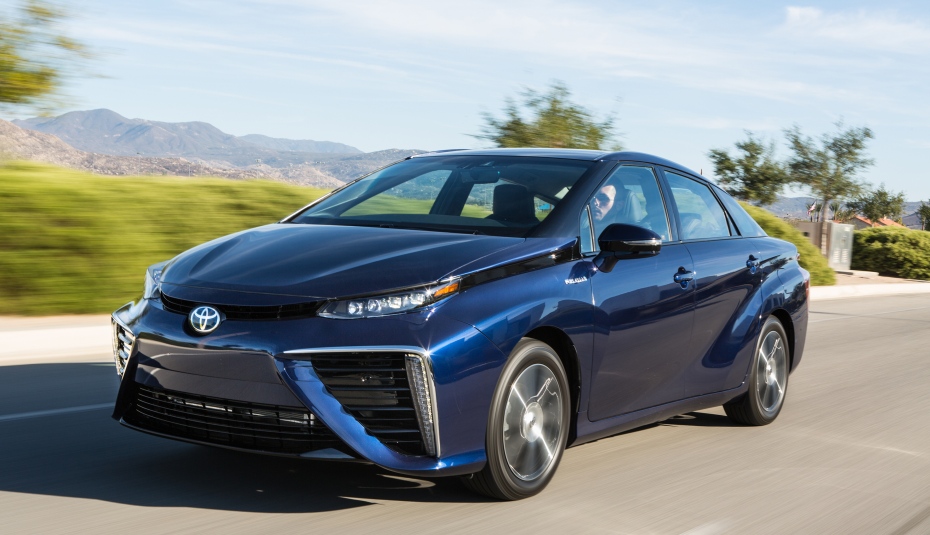Honda CEO Ito stepping down after quality control issues
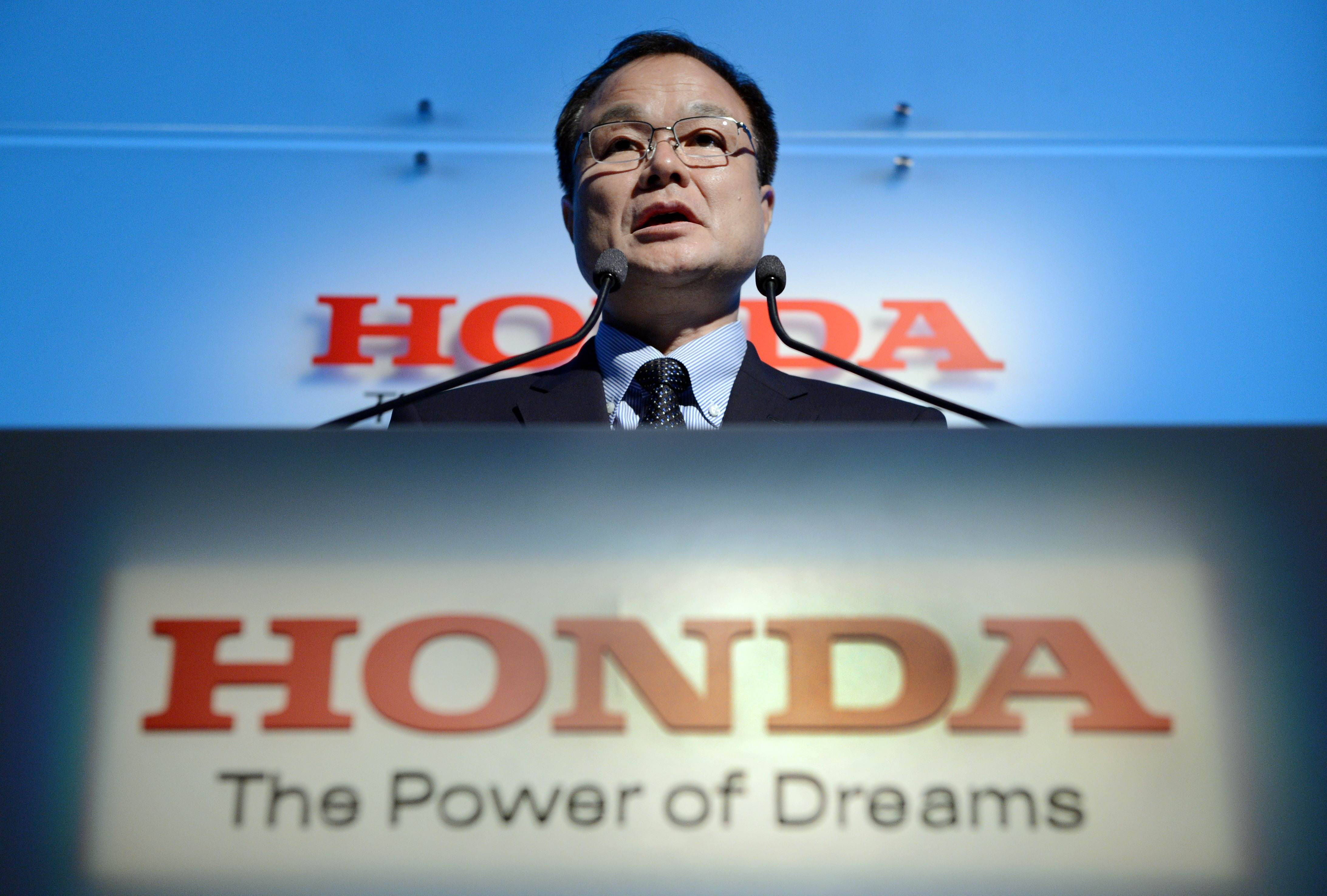
TOKYO — Honda Motor’s chief executive, Takanobu Ito, will step down in late June after six years in the top post and be succeeded by Takahiro Hachigo, a low-profile engineer with global experience, the company said in a surprise announcement on Monday.
Honda, Japan’s No. 3 automaker, behind Toyota and Nissan, has hit a rough patch during the past year with quality problems that have led to multiple recalls of its popular Fit hybrid subcompact, which Mr. Ito said this month could have been caused at least in part by an aggressive sales target.
Such self-inflicted setbacks were compounded by multimillion-vehicle recalls to replace airbag inflators made by a top supplier, Takata, that have so far been linked to six deaths, all in Hondas.
For the past three years, Mr. Ito, 61, a feisty former supercar engineer, has shaken up Honda’s tightly knit supply chain as the automaker has sought to trim costs and find more cutting-edge technology.
“I think this move is an attempt by Honda to tread a different course, with someone who upholds harmony,” said Takaki Nakanishi, an auto analyst and chief executive of Nakanishi Research Institute.
Mr. Hachigo, who worked on the popular Odyssey minivan and CR-V crossover, will skip several ranks when he becomes chief executive after Honda’s annual shareholders’ meeting, set in late June. He joined the company in 1982 and has worked in the United States, Britain and China. He is vice president of Honda’s research and development arm in China.
Mr. Ito became Honda’s chief in 2009 as the auto industry was licking its wounds from the global financial crisis. The ensuing years were no easier, as a disappointing introduction of a Civic model caused many to question whether Honda had lost its edge. Natural disasters in Japan and Thailand hurt production and profits.
Mr. Ito will remain on the board and become an adviser to Honda.



